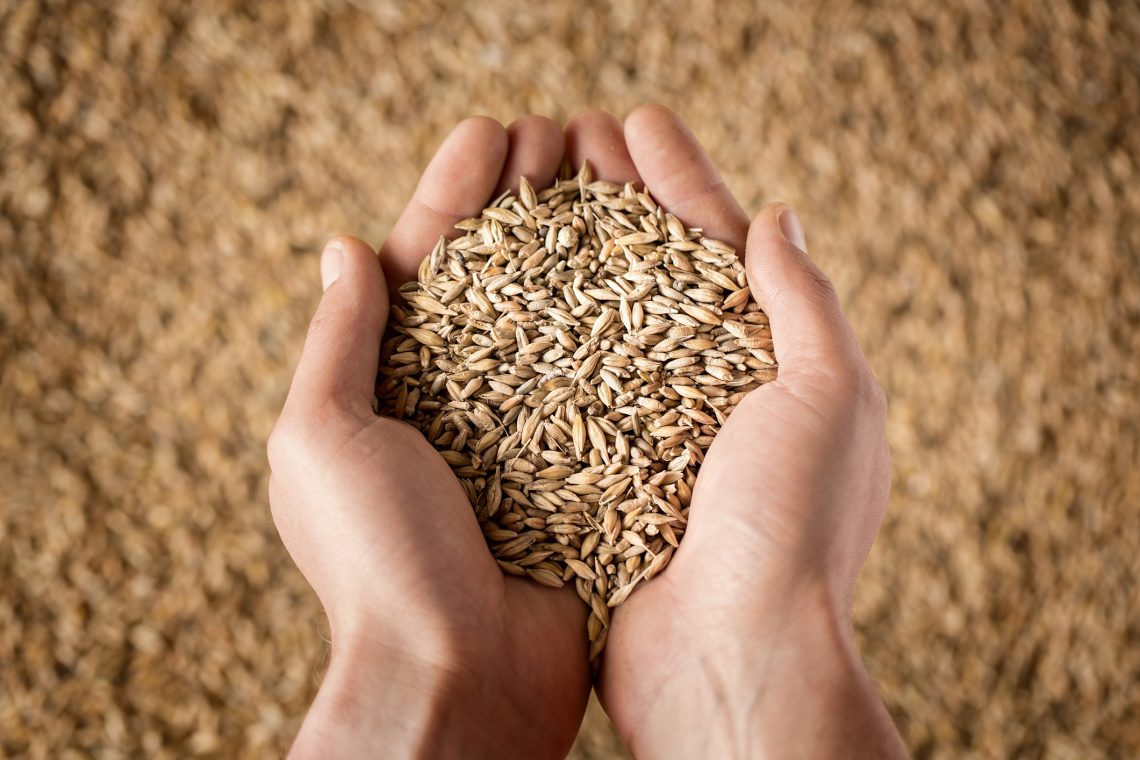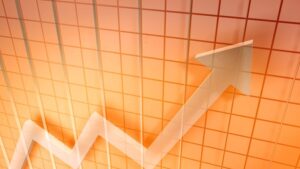New demands, structural change needed to reduce oversupply of grain.
While American farmers have become more productive, it’s become difficult to find places for grain to go, and in the upcoming year, new sources of demand for grain and structural change from government will be needed, according to an agricultural economist.
Dan Basse, president of AgResource Company, an economic forecasting firm specializing in agriculture, says that with productivity increasing 2.9 percent annually and with world population growth starting to slow, farmers will have no problem meeting the food needs for the expected world population of 9 billion in 2050. The challenge now is an oversupply of grain and finding opportunities to build the demand for that grain.
“Technology is accelerating production to such levels we need to find a way to build new demand,” Basse said.
At Home and Abroad
In recent years, that demand has come from ethanol production. Now, Basse notes, biofuels have matured, which means that the U.S. has used as much grain as possible for ethanol, and the biofuel industry is now at stagnant growth. While ethanol plants may be improving facilities, there are no new plants being built. Blended ethanol and gasoline could be sold to China, but growth in that area wouldn’t be enough to eliminate the grain overflow.
A decline in gasoline demand due to the electrification of the U.S. auto fleet doesn’t help either. Basse predicts the demand for gasoline will peak and start to decline around 2024.
The demand for U.S. exports also has decreased, and the country has lost its spot as the leading producer of grains. In the 1970s, the U.S. commanded 62 percent of the global grain trade. Now, that number is 28 percent. Major competitors include Argentina and Brazil, who are now major corn exporters. Brazil produces 3.7 billion bushels of corn, and while that number is still far from U.S. production numbers of 14 billion bushels of corn, Brazil still can cut sharply into the market. Another competitor is Russia, who is now the largest wheat exporter; 25 years ago, Russia was the world’s largest wheat importer.
Basse says expansion in countries such as India, Bangladesh and Pakistan would help. However, the countries’ GDPs and overall income levels may not allow for people to pay for more calories.
“Until we find our next demand, we’re just sitting with supplies, waiting for a weather problem,” Basse says.
But warmer oceans mean more rain for major grain growing areas like the Midwestern United States and Russia, Basse notes. Occasionally, erratic weather causes damage, but the number of droughts has dropped. Even if there is a drought, another country will be able to make up the loss of crops. Hemispheric production, which is when one country can provide a crop for another country’s dry season or winter, will ensure that there is enough grain to meet current needs.
Programs in Place
Basse says that along with new demand, the U.S. needs structural change, and the best way to do that is to set aside acreage through government programs, such as the ones implemented by the U.S. and European Union. One program, the U.S. Conservation Reserve Program (CRP), is capped at setting aside 24 million acres, and the program can’t take any more applicants. Basse says another 20-25 million acres need to be set aside to help alleviate the oversupply of grain. Historically, CRP’s goal was to set aside 39 million acres when it started in 1986.
The European Union also has implemented policy changes and acreage set aside as part of its Common Agricultural Policy.
“To think about having set aside programs is rather unlikely and difficult,” Basse says. “U.S. export shares globally are in decline. It would only enhance the profitability of a Brazilian or Argentinian or Russian farmer.
“We’re just left with a world of oversupply.”
Trade and Policy
Current U.S. politics also affect the oversupply issue. Basse said there are several questions that will need answered: “Will Trump administration do anything about NAFTA? Will we alienate trade partners?”
If we do alienate trade partners, Basse says the oversupply problem will worsen.
“We’re hoping trade stays bilateral and open, but we’re concerned about the politics of trade with the new administration.”
A new U.S. Farm Bill may also be in question. The bill was scheduled to be written this year and enacted in 2018. However, Basse says it may be delayed until 2020 and the next major U.S. election cycle.
“The U.S. farm population is down to its lowest level since the Louisiana Purchase in the 1800s,” Basse said. “Ag votes don’t resonate as much in Washington.”
On the other hand, Basse is predicting a weaker dollar for 2018, a result of the discussions around a new tax bill. The tax bill has been positive for the dollar short term, Basse says, as its implementation would stimulate the U.S. economy with GDP rates increasing to 3.5 to 4 percent. However, the U.S. budget deficit would dramatically increase, which would weaken the dollar longer term, Basse says.
A weaker dollar would cut into profitability of major competitors like Brazil, Argentina and Russia. Other than adverse weather, this is the best hope to curtail foreign ag production.
Still, adapting to new demands will take time. Basse said it took 10 years to reach a point of biofuels maturation, and it will take time again. Over time, the costs of machinery, land, nitrogen and seed would need to decrease for the U.S. agriculture industry to move forward.
“U.S. farmers have made it on $3 corn before, but his cost profile was lower than they are today,” Basse says. “Costs have to go down so the U.S. farmer can compete in the world marketplace again.”
Basse compared the compression of costs to pounding a fence post in dry dirt.
“You have to keep hitting on it in order for a change to happen.
“It’s a process, not an event.”












